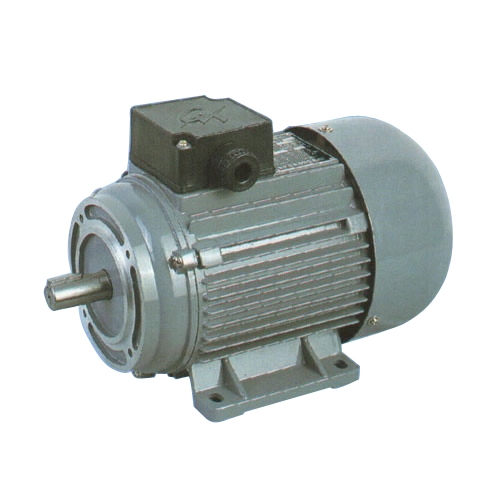
Ever since a blacksmith from Vermont named Thomas Davenport invented the motor engine--which was DC powered--in 1833, inventors all around the world have come up with new and innovative mechanical devices used by millions of people.
An electric motor is a machine which converts all of the electric energy into new, usable mechanical energy. The generated electrical current travels through a rotating wire loop which is held within a magnetic field. The loop then directs the usable electric energy to the necessary components to produce a working power source.
Electrical energy that is created for electric motor usage is stored within a battery or cell. The rechargeable batteries used within an electric motor do not release pollution into the atmosphere and not only release electrons through an electric motor but can also collect new generated electrons, created through the workings of an electric motor.
In the United States alone, 19 percent of all the energy sources--such as gas, electricity, etc.--are used solely by electric motor systems. This also amounts to a total of 57 percent of the generated electricity made for the 307,539,325 citizens of the United States. These electric motor systems are used by home appliances, vehicles and within industries.
Electric motors can produce two types of electric currents: are alternating currents (AC) and direct currents (DC). Direct current electric energy is usually used within appliances and smaller motors; alternating current is mainly used for larger vehicles. This is because AC electric motors are able to produce higher levels of working energy sources.
The parts of an electric motor are minimal in quantity but each part has a vital job to perform. The parts of an electric motor are the armature or rotor, axle, brushes, commutator, field magnet and the AC or DC power source. The magnet field supplies rotational motion to the armature or rotor. The armature is held by the axle as well as the commutator. The commutator and the brushes of an electric motor aid in the flow of electricity from the motor.